Introduction
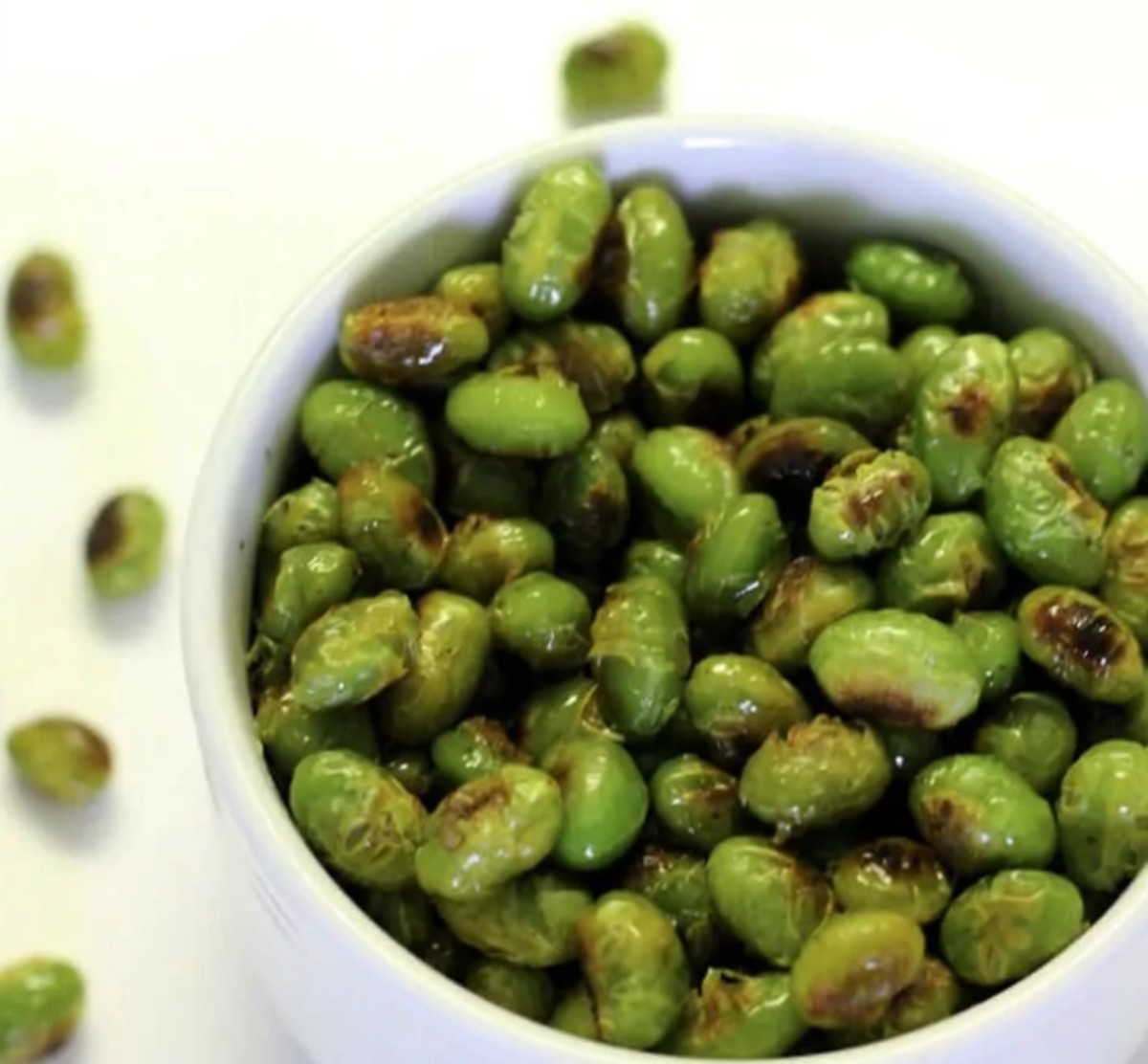
Edamame and Mukimame are two soybean snacks that have gained popularity around the world. They are not only delicious but also packed with nutritional benefits. Whether you are a fan of the classic Edamame or curious about the versatile Mukimame, this article will provide you with all the information you need to choose between these soybean delights. From their history and origins to their taste and texture differences, we will explore the characteristics of both Edamame and Mukimame. So let’s dive into the world of soybeans and discover the unique qualities of each variety.
What Are Edamame And Mukimame?
Edamame and Mukimame are both types of soybeans that are harvested at different stages of maturity. Edamame refers to young soybeans that are picked before they fully ripen, typically when they are bright green and still in their pods. These immature soybeans are known for their mild and slightly sweet flavor. On the other hand, Mukimame refers to mature soybeans that are harvested later in their growth cycle. They have a more robust flavor and a firmer texture compared to Edamame. Both Edamame and Mukimame are nutritious and versatile ingredients that can be enjoyed in various dishes.
Health Benefits And Culinary Uses Of Soybeans
Soybeans offer a range of health benefits and are a versatile ingredient in the culinary world. They are an excellent source of plant-based protein, making them a great option for vegetarians and vegans. Soybeans also contain essential amino acids, fiber, vitamins, and minerals. Consuming soybeans may help lower cholesterol levels, reduce the risk of heart disease, and support bone health. Additionally, soybeans are used in various cuisines, including Asian dishes like tofu, tempeh, soy milk, and soy sauce. They can also be incorporated into salads, stir-fries, and soups for added flavor and texture.
Edamame: Traditional Soybean Snack
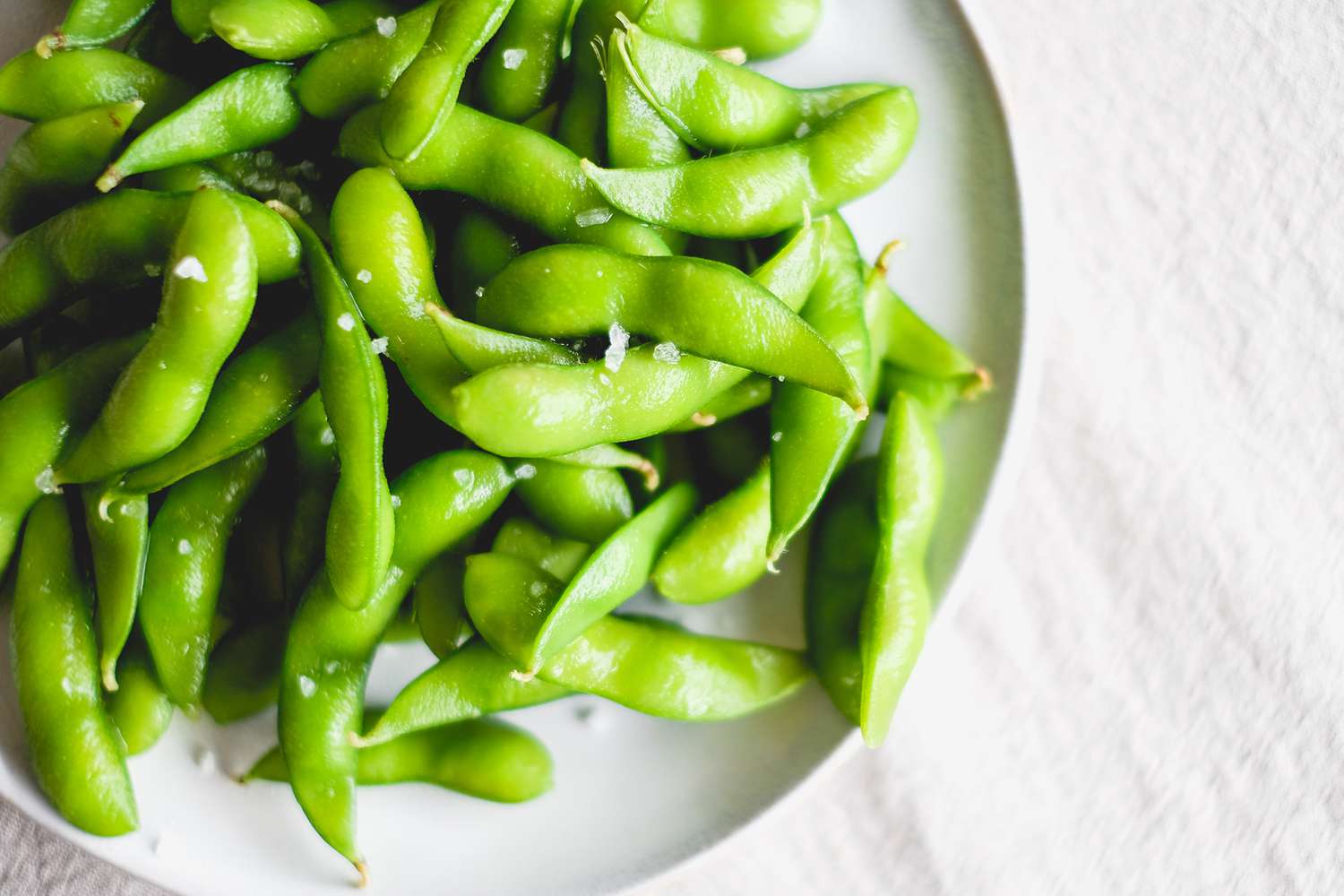
Edamame is a traditional soybean snack that has been enjoyed for centuries. Originating from East Asia, particularly Japan, edamame has gained popularity worldwide for its nutty and subtly sweet flavor. These young green soybeans are harvested before they fully mature, giving them a tender texture and vibrant color. Edamame is typically boiled or steamed and sprinkled with salt, making it a simple and nutritious snack option. It is not only delicious but also packed with protein, fiber, and essential vitamins and minerals. Incorporating edamame into your diet adds a healthy and flavorful twist to your snack choices.
Edamame: History And Origin
Edamame has a rich history and origins rooted in East Asia, particularly Japan. The tradition of consuming edamame dates back centuries, with records of its cultivation dating as far back as 1275. The word “edamame” itself comes from the Japanese words “eda” meaning “twig or branch” and “mame” meaning “beans,” referring to the way the soybeans are harvested in clusters on the branches. Over time, edamame has become a beloved snack and staple ingredient in Japanese cuisine, and its popularity has spread globally.
Nutritional Profile And Health Benefits Of Edamame
Edamame, a popular traditional soybean snack, is not only delicious but also packed with essential nutrients. These young soybeans are an excellent source of plant-based protein, providing all nine essential amino acids. Edamame is also rich in fiber, vitamins, and minerals, including folate, vitamin K, and iron. The high fiber content in edamame can aid digestion and promote feelings of fullness. Additionally, edamame is low in fat and calories, making it a healthy option for weight management. Regular consumption of edamame has been linked to various health benefits, including improved heart health, reduced risk of certain cancers, and better bone health. Incorporating edamame into your diet can be a simple and nutritious way to support overall well-being.
Mukimame: Versatile Soybeans
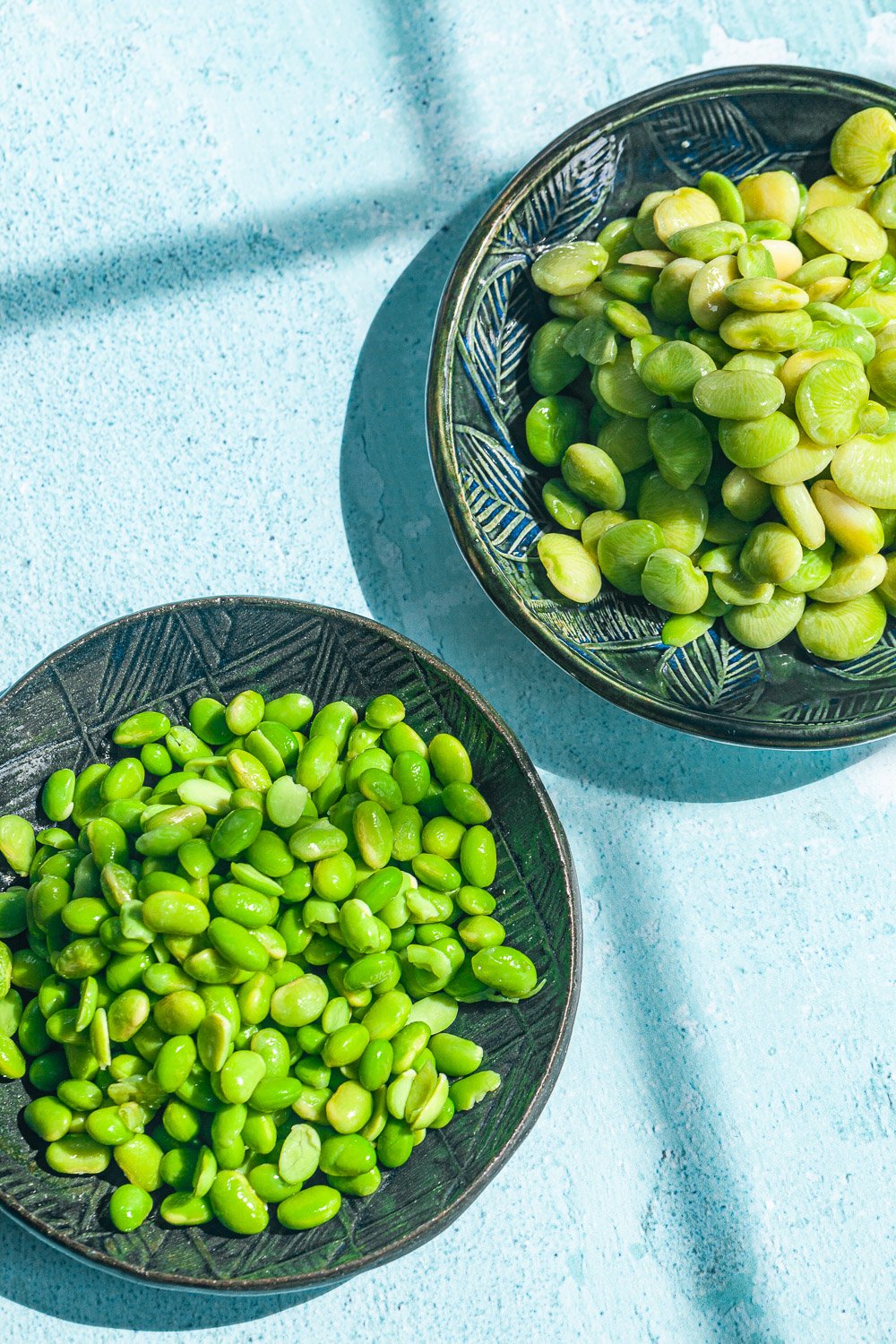
Mukimame, also known as mature soybeans, are a versatile variety of soybeans that offer a slightly different taste and texture compared to edamame. These soybeans are allowed to mature on the plant before being harvested, resulting in a slightly larger and firmer bean. With their nutty flavor and hearty texture, mukimame can be used in a variety of dishes, such as salads, stir-fries, soups, or even as a protein-packed snack on their own. They provide a great source of plant-based protein and are rich in essential nutrients, making them a valuable addition to a balanced diet.
Mukimame: Definition And Production Process
Mukimame, also known as mature soybeans, are soybean pods that are allowed to fully mature on the plant before being harvested. Unlike edamame, which is picked when the beans are young and green, mukimame beans have a larger size and firmer texture. The production process of mukimame involves carefully monitoring the maturity of the soybean pods and harvesting them when they reach their full size. The beans are then extracted from the pods and can be blanched or steamed before being packaged and sold for consumption.
Comparing Mukimame To Edamame: Taste And Texture Differences
Mukimame and edamame have distinct differences in taste and texture. Mukimame, which is harvested earlier, has a sweeter and more tender taste compared to edamame. Edamame, on the other hand, has a firmer texture and a nuttier flavor. The green color and softness of edamame create a unique mouthfeel, while the larger size and firmer texture of mukimame provide a satisfying crunch. Both soybean varieties offer a delightful snacking experience with their own unique taste and texture profiles.
Cooking And Preparation Methods
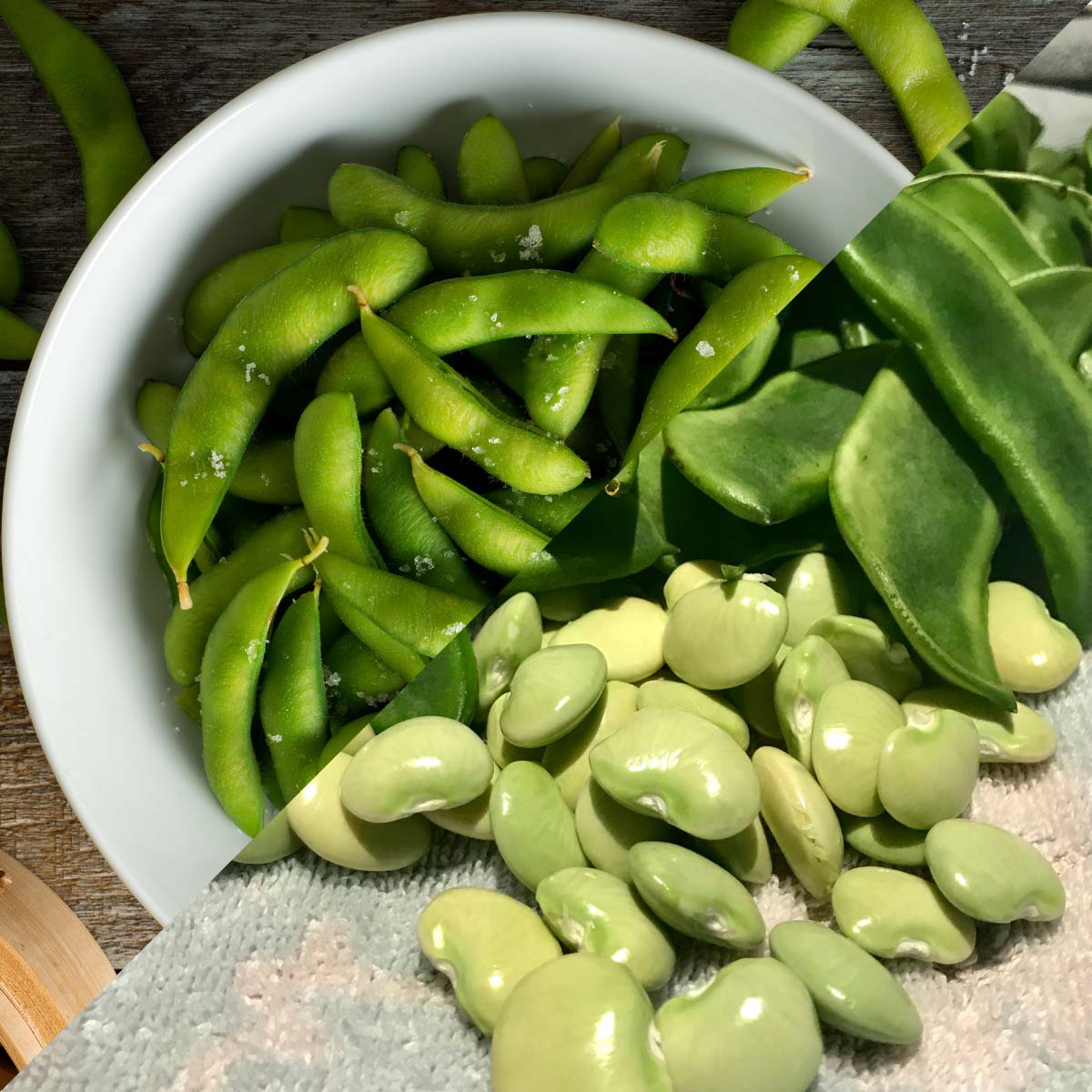
When it comes to cooking and preparing Edamame and Mukimame, there are a few different methods you can choose from.
For Edamame, the most common way to prepare it is by boiling the pods in salted water until they are tender. Once cooked, you can simply enjoy the pods by themselves or remove the beans from the pod for various recipes.
Mukimame can be cooked in a similar way to Edamame, by boiling the pods in salted water. However, due to their larger size, they may require a longer cooking time. Additionally, Mukimame can also be roasted or stir-fried for added flavor and texture.
Remember to always follow the specific cooking instructions provided on the packaging for optimal results.
Preparing Edamame For Consumption
To prepare Edamame for consumption, the pods are typically boiled in salted water until they become tender. Once cooked, the pods can be enjoyed as a snack by themselves. Alternatively, the beans can be removed from the pod and used in a variety of recipes. Some popular ways to use Edamame include adding them to salads, stir-fries, or even mashing them to make a spread. The specific cooking instructions may vary, so it is advisable to follow the instructions provided on the packaging for best results.
Different Cooking Methods For Mukimame
Mukimame, like Edamame, can be prepared using various cooking methods. One popular method is boiling the pods in salted water until they become tender. This allows the beans to be easily removed from the pod and enjoyed on their own or added to recipes. Another option is steaming the pods, which helps retain their vibrant color and crisp texture. Additionally, Mukimame can be roasted in the oven with some olive oil and seasonings for a delicious and crunchy snack. Whichever method you choose, be sure to follow the cooking instructions provided for optimal results.
Nutritional Comparison
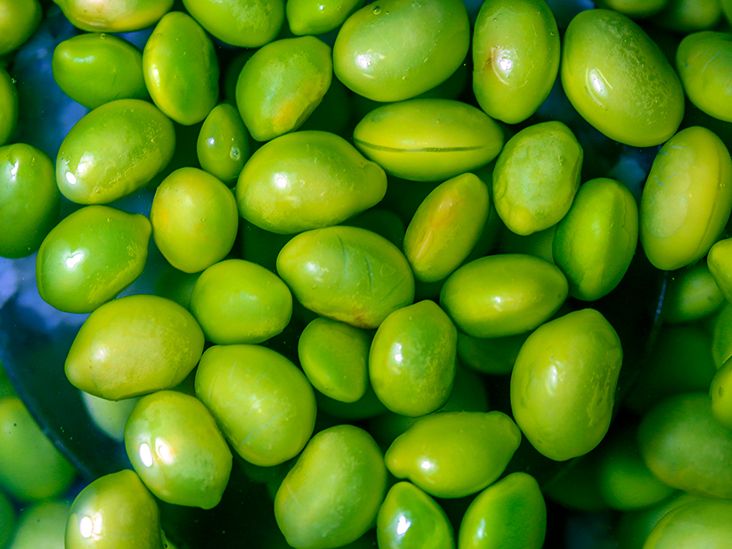
When it comes to nutritional content, both Edamame and Mukimame offer a wealth of health benefits. Edamame is known for its high protein content and is a good source of fiber, vitamin C, and folate. Mukimame, on the other hand, provides similar nutritional benefits but with slightly higher levels of protein and fiber. Both soybean varieties contain essential minerals such as iron, calcium, and magnesium. Additionally, they are low in saturated fat and cholesterol-free. Incorporating either Edamame or Mukimame into your diet can contribute to a well-rounded and nutritious eating plan.
Edamame Vs Mukimame: Nutrient Content Analysis
A comparison of the nutrient content reveals that both Edamame and Mukimame offer a substantial amount of protein, fiber, and essential minerals such as iron, calcium, and magnesium. Edamame is a good source of fiber, vitamin C, and folate, while Mukimame provides slightly higher levels of protein and fiber. Both soybean varieties are low in saturated fat and cholesterol-free. Including either Edamame or Mukimame in your diet can contribute to a well-rounded and nutritious eating plan.
Healthful Properties And Potential Drawbacks Of Both Soybean Varieties
Both Edamame and Mukimame offer numerous health benefits. They are excellent sources of protein, fiber, and essential minerals such as iron, calcium, and magnesium. They also contain antioxidants and phytochemicals that contribute to overall health and may help reduce the risk of certain diseases. However, it’s important to note that some individuals may have soy allergies or sensitivities, and consuming soy products in large quantities may affect hormone levels in certain individuals. It is always advisable to consult with a healthcare professional before incorporating soybean products into your diet.
Conclusion
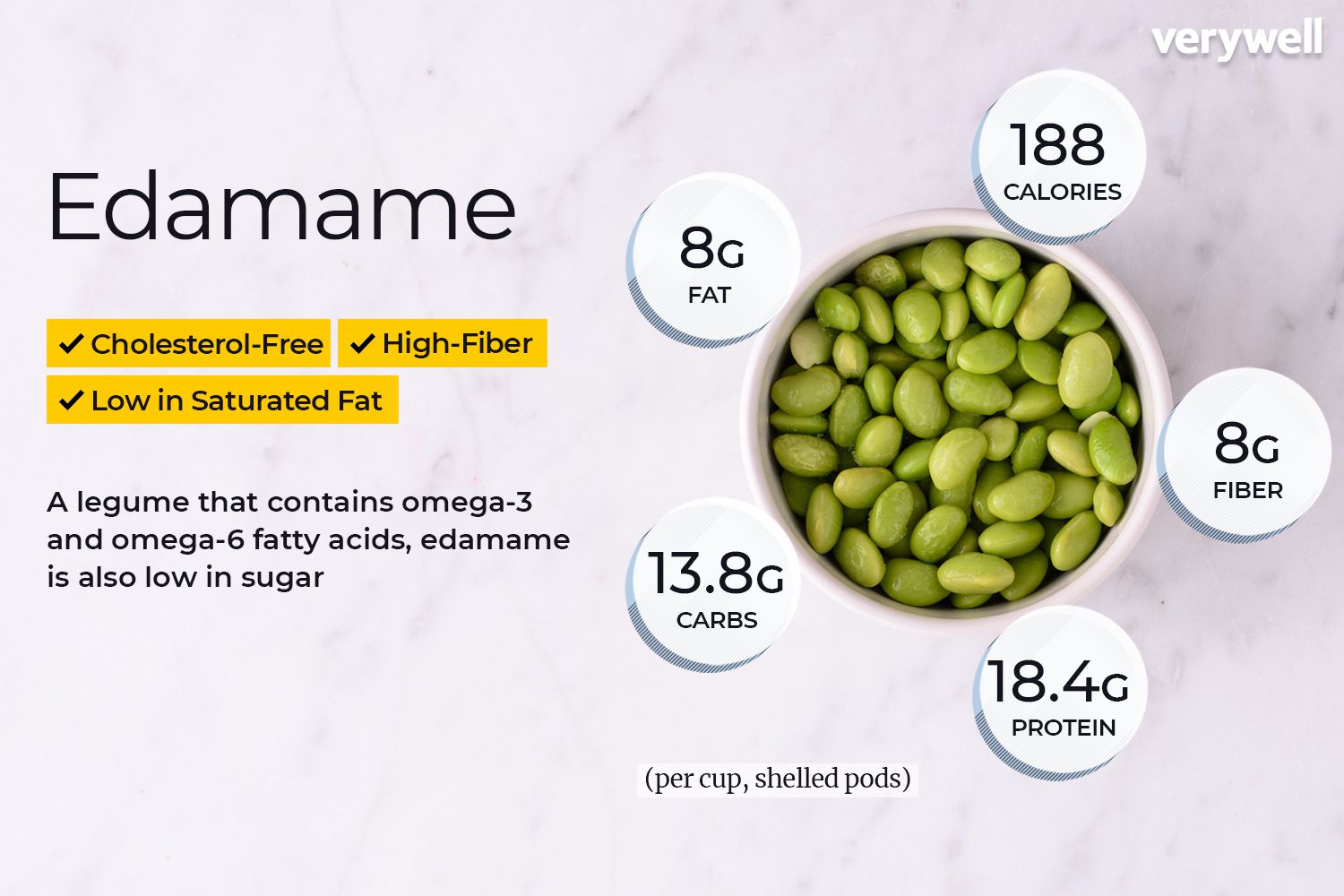
In conclusion, both Edamame and Mukimame offer a variety of health benefits and culinary uses. Edamame, with its long history and traditional snack status, is packed with nutrients and has a unique flavor and texture. On the other hand, Mukimame provides versatility in cooking and a more tender texture. When choosing between the two, individuals can consider their taste preferences, cooking methods, and nutrient needs. Incorporating soybeans into a balanced diet can provide essential nutrients and contribute to overall health. So, whether it’s Edamame or Mukimame, soybeans are a delightful addition to any diet.
Choosing Between Edamame And Mukimame
When it comes to choosing between Edamame and Mukimame, it ultimately comes down to personal preference and culinary needs. Here are a few factors to consider:
- Taste and texture: Edamame has a more robust, nutty flavor and a firm texture, while Mukimame tends to be more tender and mild in taste.
- Cooking methods: Edamame is commonly boiled or steamed, making it a great snack or side dish. Mukimame, on the other hand, can be used in a variety of culinary applications, including salads, stir-fries, and soups.
- Availability: Edamame is more readily available in grocery stores, while Mukimame may be more commonly found in Asian markets.
In the end, it’s all about personal preference and the desired culinary outcome. Both options offer health benefits and can be enjoyed in a variety of dishes.
Incorporating Soybeans Into A Balanced Diet
Incorporating soybeans into a balanced diet can provide numerous health benefits. These versatile legumes are a great source of plant-based protein, fiber, vitamins, and minerals. Adding a serving of edamame or mukimame to meals or snacks can help increase the nutritional value of your diet. You can toss them into salads, stir-fries, or soups, or simply enjoy them as a snack. With their nutty flavor and various cooking options, soybeans can easily become a staple in a well-rounded and nutritious eating plan.
Additional Resources And Recipes For Soybean Enthusiasts
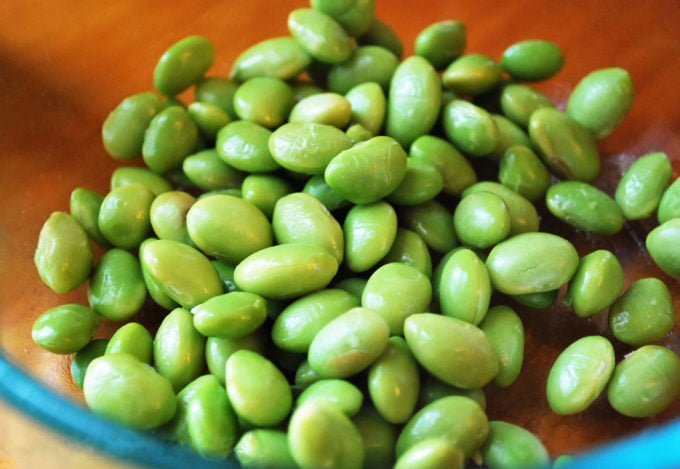
For individuals who are interested in incorporating more soybeans into their diet, there are plenty of additional resources and recipes available. Online platforms like food blogs and recipe websites offer a wide range of soybean-based recipes, from salads and stir-fries to soups and stews. Cookbooks focused on plant-based cooking or Asian cuisine often include delicious soybean dishes. For those who prefer hands-on learning, cooking classes or workshops may be available in local communities. Exploring these resources can provide inspiration and guidance for creating flavorful and nutritious meals with soybeans.
FAQ: Edamame vs. Mukimame
Q: What is edamame?
A: Edamame is a type of young soybean that is harvested before it fully matures. It is a popular appetizer or snack commonly found in Asian cuisine. Edamame beans are typically served in their pods and are known for their delicious nutty taste and high nutritional value.
Q: What is mukimame?
A: Mukimame is a term that refers to edamame beans that have been removed from their pods, blanched, and then frozen. The beans are sometimes slightly larger than traditional edamame beans. Mukimame is a convenient option for those who prefer the beans without the hassle of shelling the pods.
Q: Are there any differences in taste between edamame and mukimame?
A: Both edamame and mukimame share a similar taste. They have a slightly sweet and nutty flavor, making them a favorite among many people. The only noticeable difference could be the texture, as mukimame is sometimes softer due to the blanching process it undergoes.
Q: How are edamame and mukimame typically prepared?
A: Edamame is commonly steamed or boiled in salted water and then served in the pods. The pods can be gently squeezed to release the beans into the mouth. Mukimame, on the other hand, is typically heated by boiling or steaming before serving. It can be added to dishes such as stir-fries, salads, or enjoyed on its own.
Q: Which one is healthier, edamame or mukimame?
A: In terms of nutritional value, both edamame and mukimame are highly nutritious. They are both excellent sources of plant-based protein, fiber, vitamins, and minerals. The nutrient content remains similar regardless of whether the beans are served in their pods or shelled. Therefore, both options are healthy choices.
Q: Can edamame and mukimame be used interchangeably in recipes?
A: Yes, edamame and mukimame can be used interchangeably in many recipes, as they have similar flavors and nutritional profiles. However, keep in mind that mukimame might have a slightly softer texture due to the blanching process. So, if texture is a crucial aspect of the dish, you may want to opt for edamame in its pods.
Q: Where can I find edamame or mukimame?
A: Edamame can be found fresh, frozen, or even canned at most grocery stores, particularly in the produce or freezer section. Mukimame is primarily sold frozen, and you can find them in the freezer aisle of the supermarket or specialty Asian markets.
Q: Are there any other similar alternatives to edamame and mukimame?
A: If you’re looking for alternatives to edamame or mukimame, you might consider other legumes such as green peas or fava beans. While they may have slightly different flavors, they can offer a similar texture and nutritional profile in various recipes.
Q: Can people with soy allergies consume edamame or mukimame?
A: No, individuals with soy allergies should avoid consuming edamame or mukimame, as they are derived from soybeans. Soy allergies can cause serious allergic reactions, and it’s best to consult a healthcare professional for specific dietary guidance if you have such allergies.

Kemah Cafe is a family-owned eatery that takes pride in offering a delightful array of Vietnamese, Chinese, and Thai dishes. Located at the heart of the community, Kemah Cafe has been serving up delicious Pho and other authentic Asian cuisine for many years. Founded with a passion for sharing the flavors of the East, Kemah Cafe has become a beloved culinary destination for locals and visitors alike. The warm and welcoming atmosphere of the cafe, combined with the tantalizing aromas of freshly prepared dishes, creates an unforgettable dining experience.